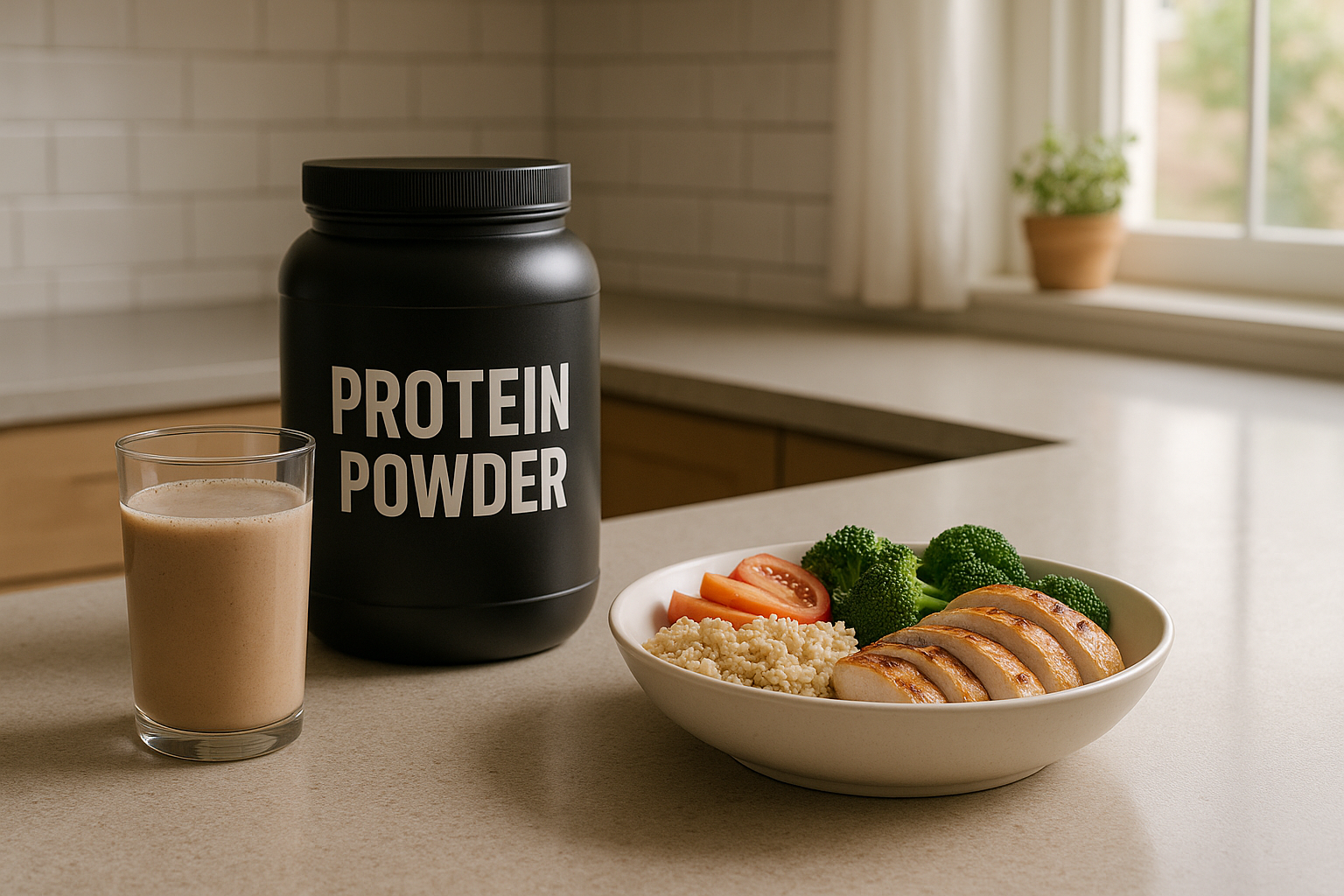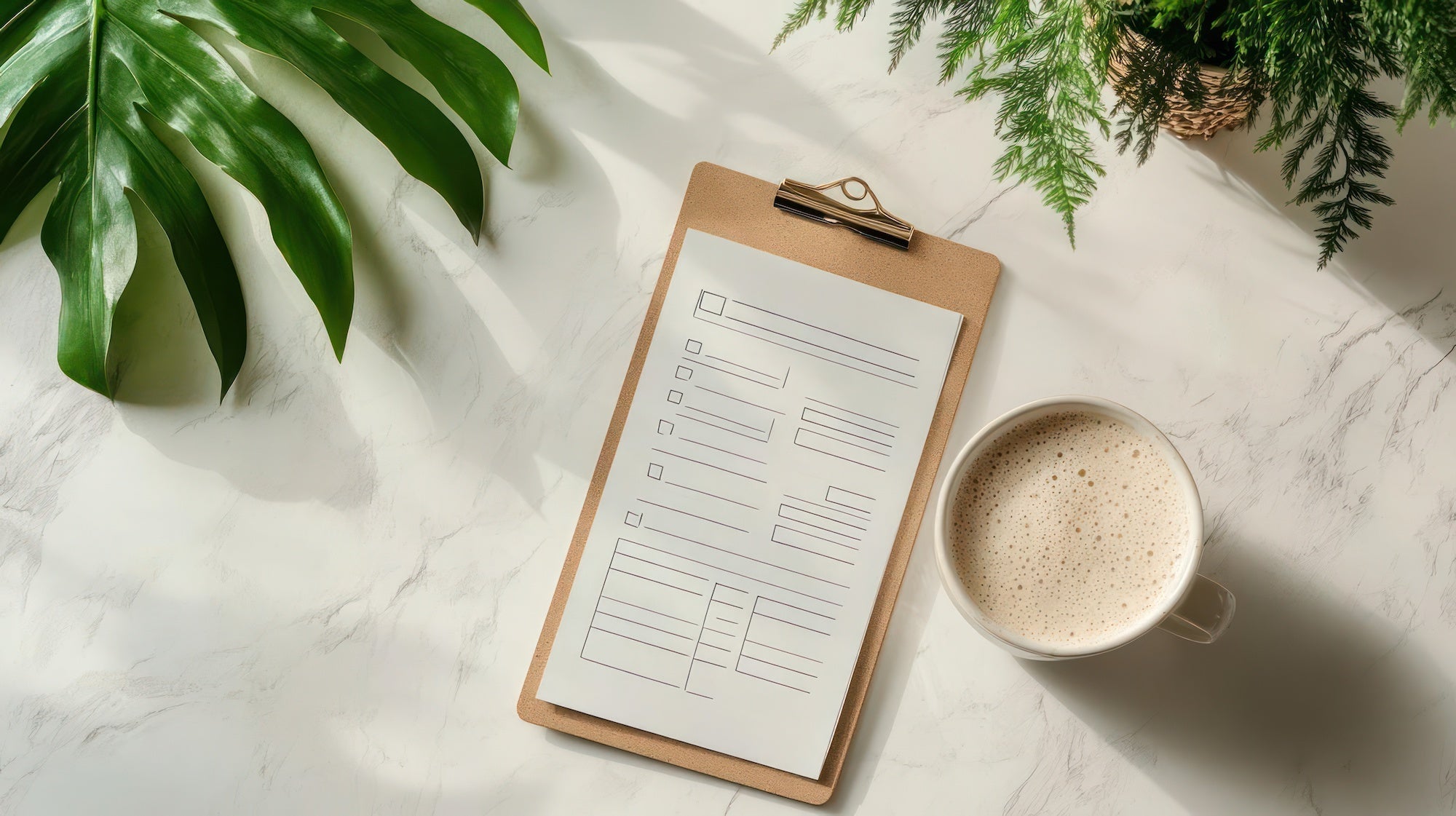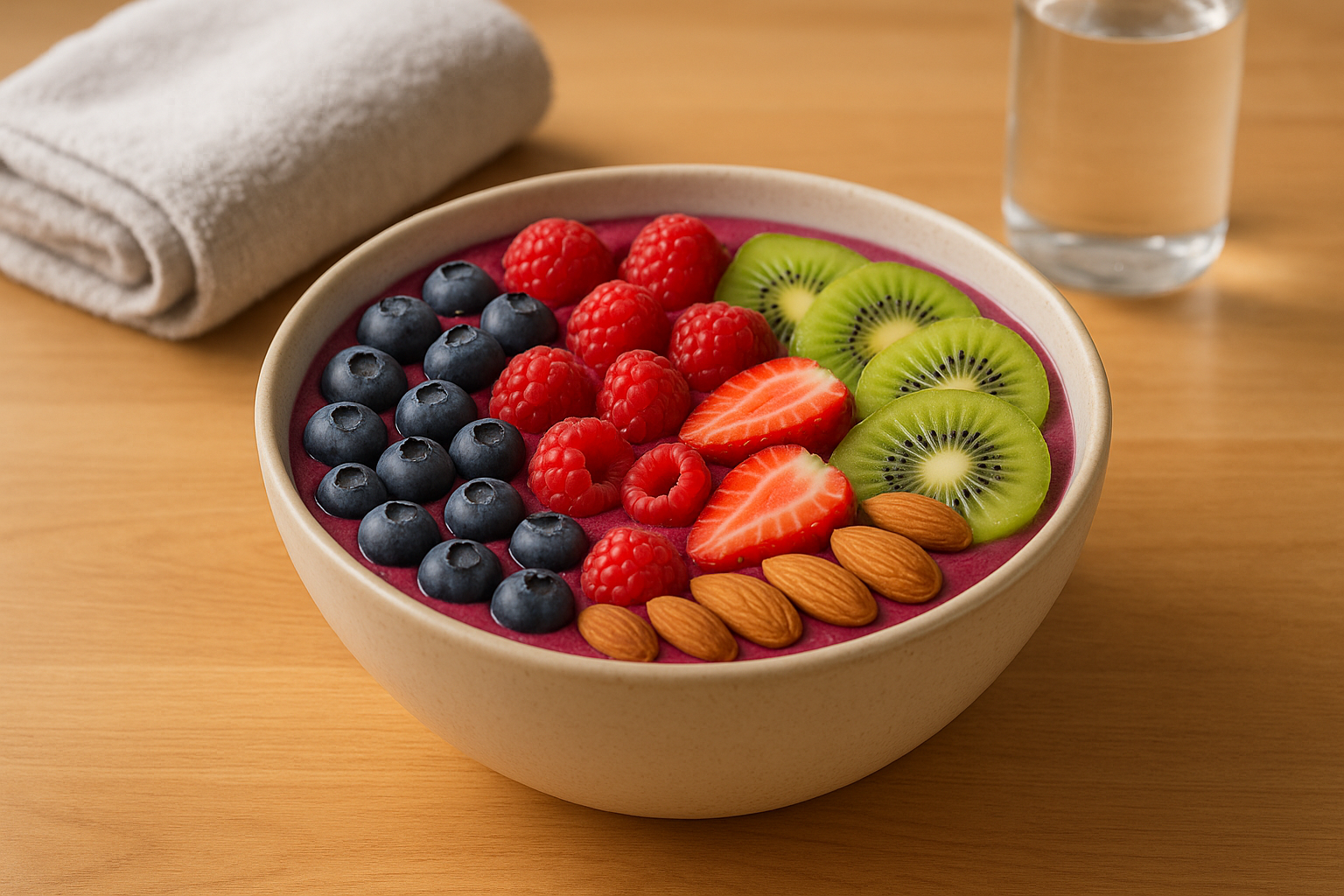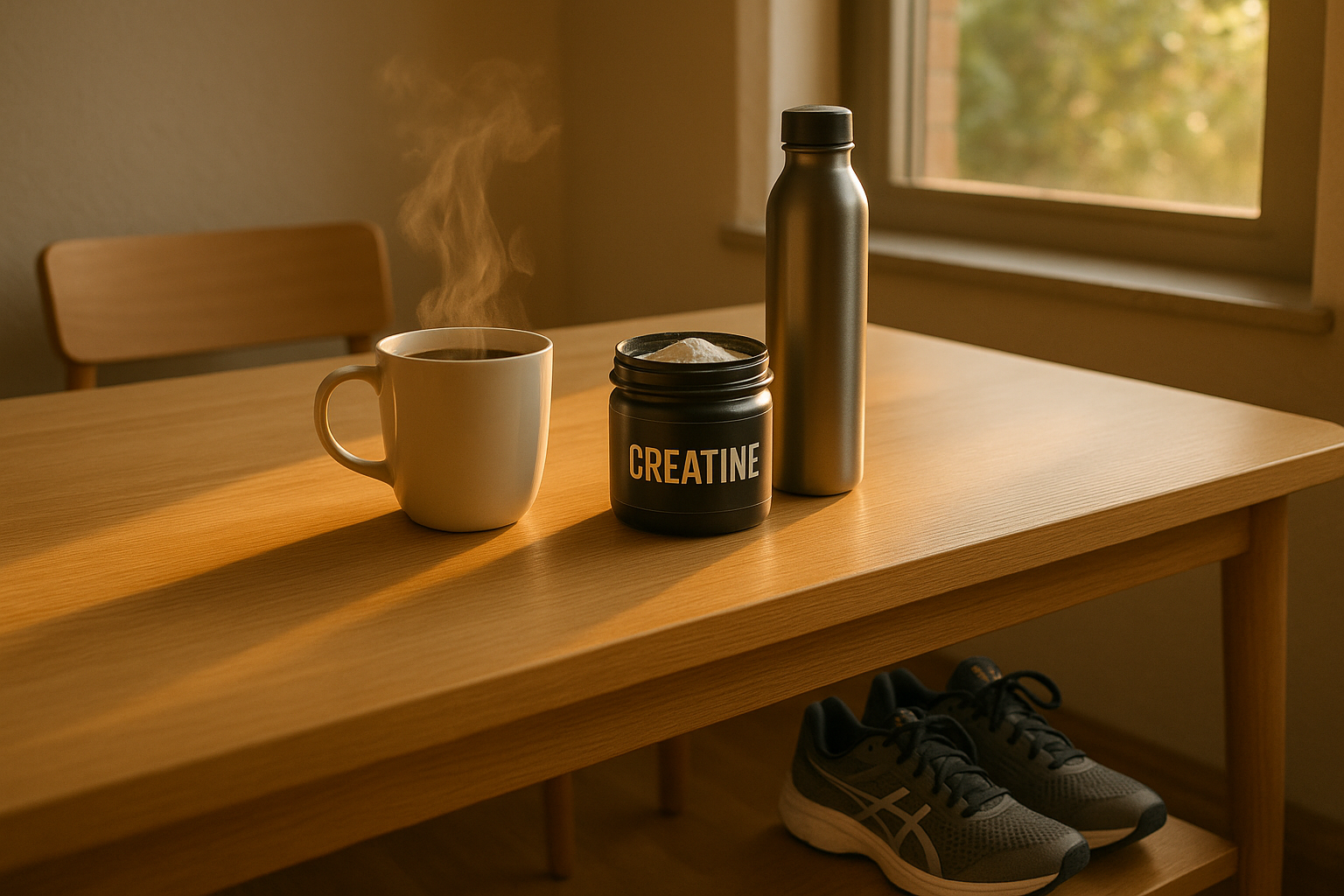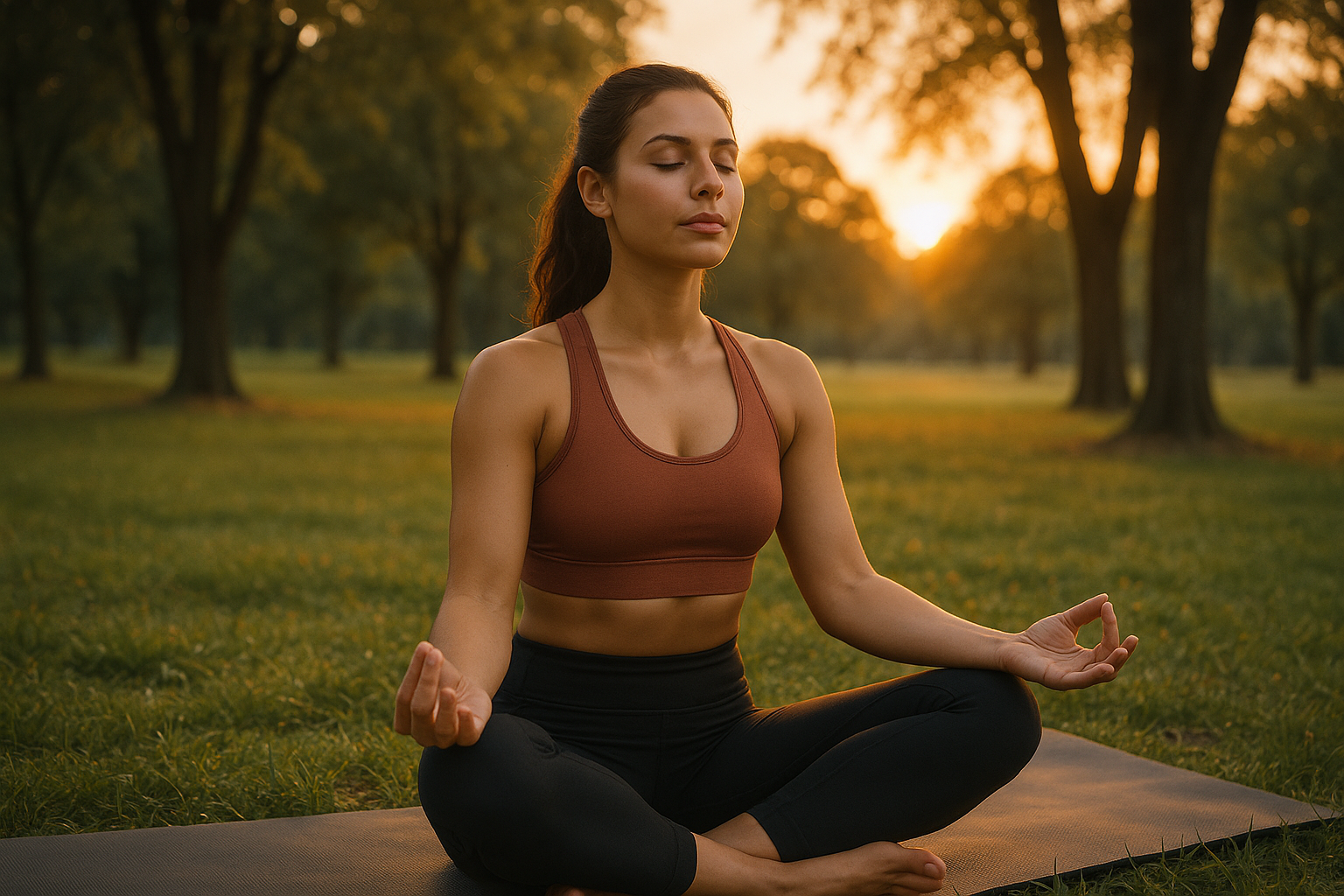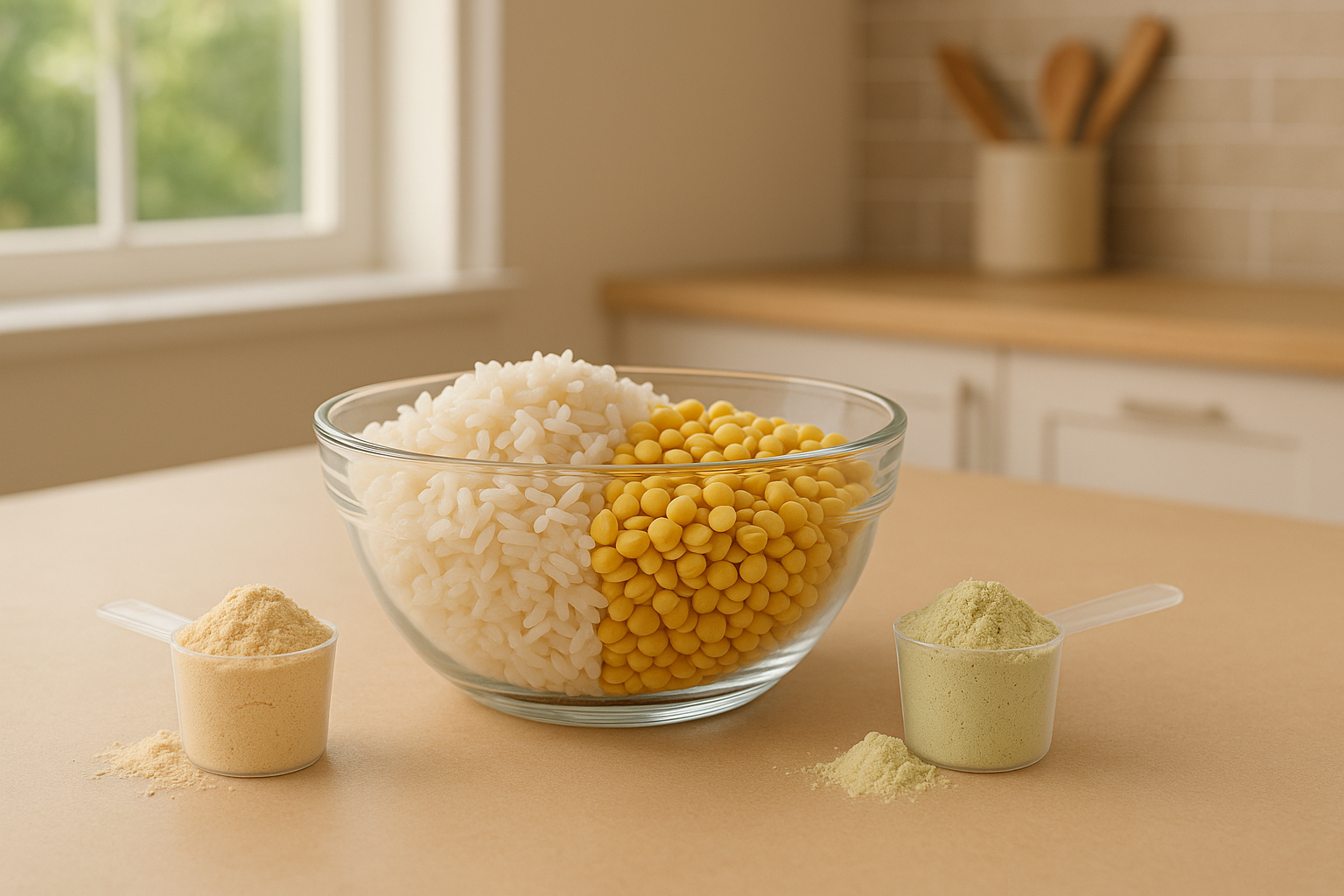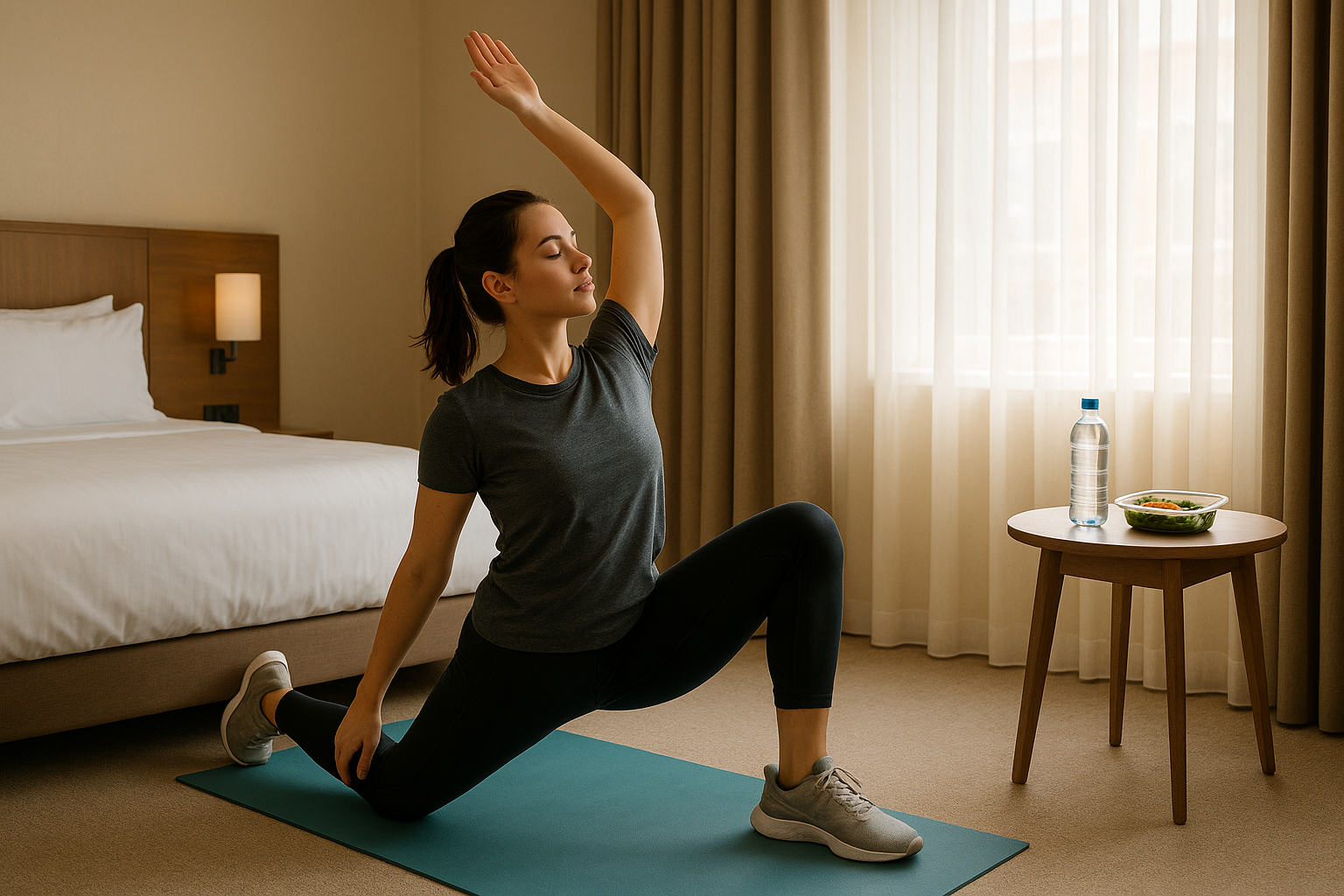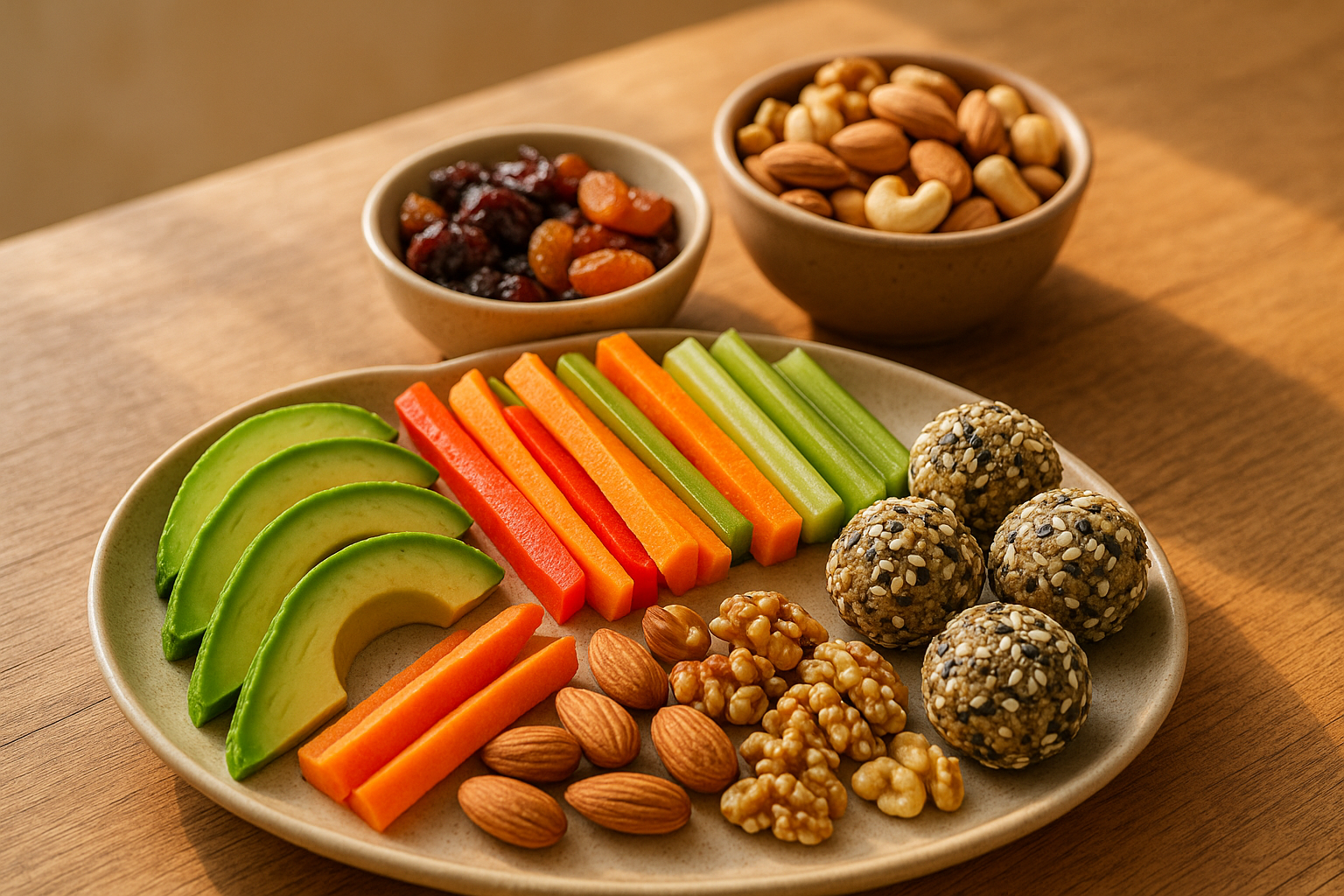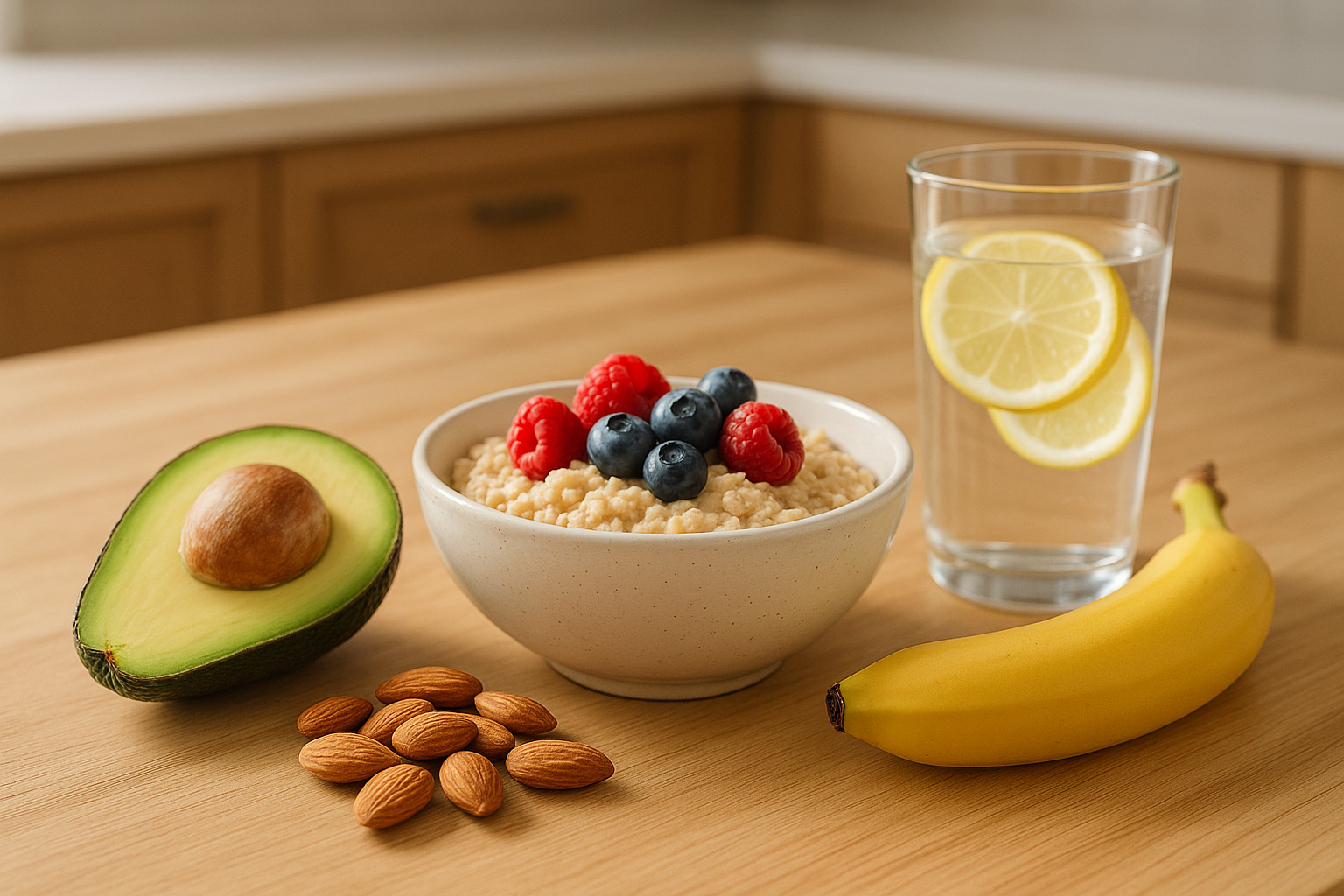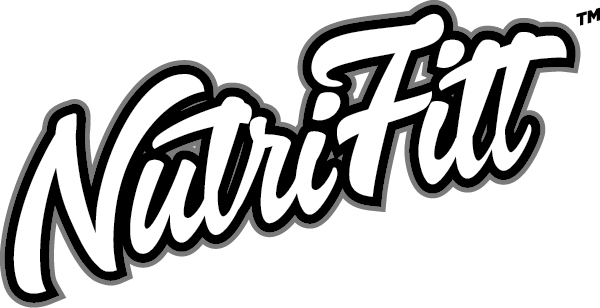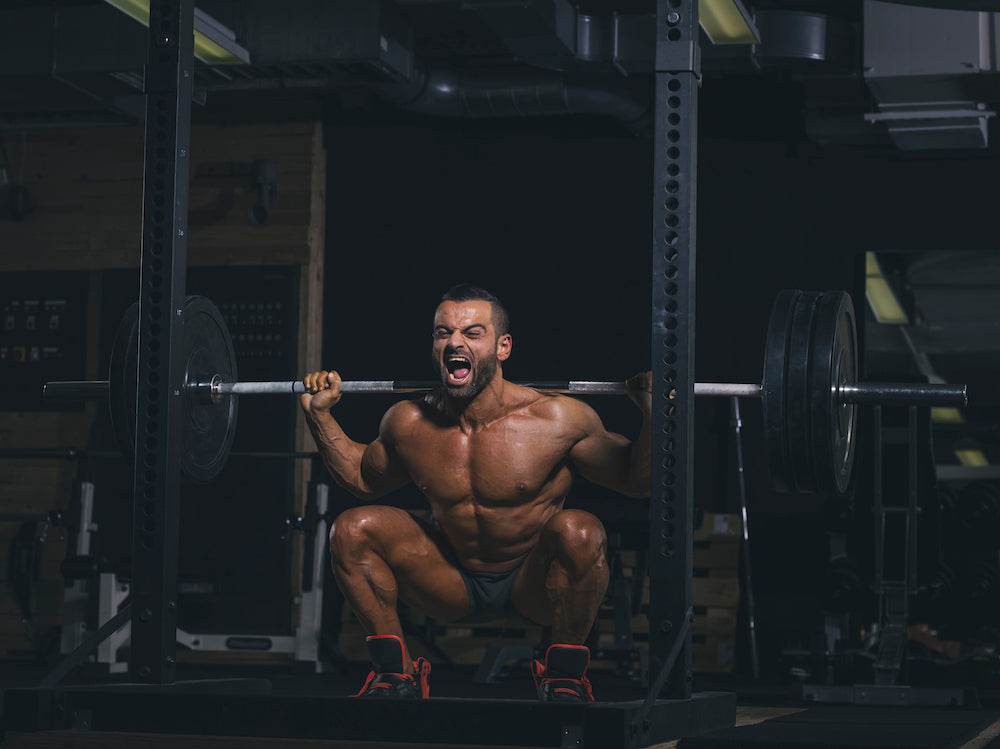
Are Squats Required To Build Your Legs?
Are you looking to build your legs but aren’t sure if squats are the way to go? If so, you're not alone! Many athletes struggle to understand the role of squats in developing a strong and muscular lower body. But fear not - today we'll be exploring everything there is to know about whether or not squats are truly necessary for building leg strength. By the end of this post, you should have all of your questions answered and know how best approach working on those legs!
What Are Squats and Why Should We Do Them
Squats are a popular exercise that can be performed with or without weights. They are a compound, full-body movement that primarily targeting the lower body and core but engage muscle groups all over the body – for example, activating the arms, shoulder, and even upper back muscles to keep the torso upright. Squats bring many benefits to your health; they help strengthen and tone the leg muscles, burn calories, boost metabolism, increase stability in joints and improve balance. Additionally they stimulate production of hormones in your body- namely testosterone which can support muscle building - as well as promote better posture. Taking all of this into account, it's obvious why squatting should be an essential exercise added to anyone’s routine.
How Squatting Can Help Build Your Legs
Squatting is an excellent exercise for building strong and powerful legs. When done properly, it helps develop the quads and hammstrings while also engaging the core and lower back muscles. It also helps improve balance and coordination by having you stabilize your bodyweight before elevating it up again. Plus, squatting is a great way to build overall strength that can be used for other activities such as running and jumping. By incorporating squats into your fitness routine, you can not only help create powerful legs but also trigger fat burning since it requires so much energy from your body to execute. So if you’re looking for an effective way to bring shape to those beautiful legs of yours, then squatting should definitely be part of your weekly regimen.
Types of Squats to Incorporate into Your Workout Regime
Squat exercises are a great way to build up strength and tone your lower body, as well as improve your posture. There are many different types of squats to choose from, so it's important to learn about each one and pick the ones that best suit your fitness level. A basic squat would involve standing with feet slightly wider than hip distance apart, hinging the hips back and down while maintaining a straight back. Sumo squats use a wider stance and target glutes more directly. Goblet squats involve holding a weight in front of you for greater challenge. Barbell back squats provide greater resistance since we use the heaviest weight available, and box squats provide stability training as we work with an added element of balance. Wall or Bulgarian squats require great flexibility and balance, while split squats focus on single-leg balance while building power in both the upper and lower body simultaneously. Incorporating these different variations can make all the difference in maximizing your results when trying to achieve your health goals!
How Often Should You Do Squats
Squats are an essential exercise for anyone looking to build muscle, burn calories, and shape their lower body. To get the most out of your workouts, it is important to understand how often you should do squats. Many fitness experts recommend beginning with 2-3 sets of 8-12 reps twice a week as part of an overall fitness routine. This can then be increased as you become stronger and more familiar with the proper form. Staying consistent with your workout routine is key and over time you can increase the level of difficulty by adding weights or adjusting the number of reps. Keeping up with this type of regimen will ensure that your strength and results improve significantly over time.
Benefits of Doing Squats - Improved Balance, Core Strength, and Flexibility
Squats are an important exercise for anyone looking to build strength and improve overall fitness. While squats can be primarily seen as a way to build leg and glute strength, they also provide a number of important additional benefits. By strengthening core muscles, squatting improves balance and stability, enabling you to move more dynamically and reducing the risk of injury. Regularly performing squats can further contribute to improved flexibility, helping keep your joints healthy and making it easier perform other types of exercises like running or jumping. For those looking to increase their general fitness level, squats are an excellent choice that often go overlooked!
Common Mistakes in Doing Squats - Form and Repetitions
Doing squats successfully is an impressive feat and important if you're trying to tone your body. Unfortunately, these exercises can be easily misdone, leading to frustrating stagnation or even injuries. In particular, the most common mistakes in squats are poor form and not doing enough repetitions. It is vital that when performing a squat, your back should remain straight and your feet should stay in line with your shoulders. Additionally, it's very important to take note of the number of repetitions you do; typically at least fifteen per set should be done in order to get an effective workout. If you follow these two guidelines then no doubt more impressive results will follow from doing squats!
Squats are an excellent exercise for improving balance, core strength and flexibility. This exercise also increases your metabolism, reduces lower back pain, builds leg muscle and burns fat faster. Whatever your fitness goal – whether to build muscle and lose fat or increase strength and endurance – don’t underestimate the protective power of a good squat routine in your workout regimen. However, it is still important to be mindful of your form and repetitions when doing squats to ensure that you reap all the rewards from them. And if you want to make sure that you do everything correctly while performing squats, then seek professional advice from a certified personal trainer. With their help, you'll be able to create a balanced workout plan with several variations of squats fit for your needs and goals. So what are you waiting for? Try adding some squats into your daily workout and see how much stronger, fitter and healthier you become!










